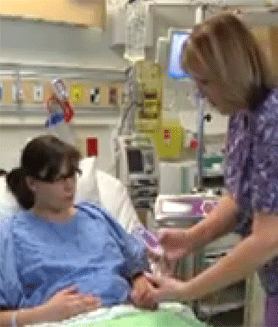 Video #1: Welcome - Birthing at LHSC
Video #1: Welcome - Birthing at LHSC
An introduction and overview of the LHSC Women’s Care program at Victoria Hospital.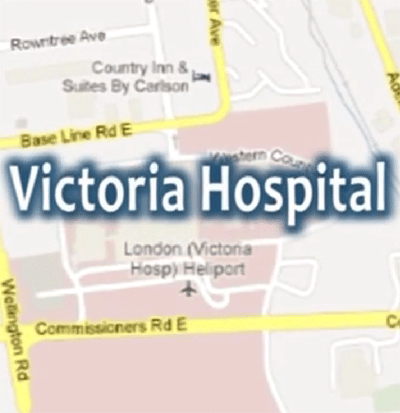 Video #2: Directions to LHSC
Video #2: Directions to LHSC
How to get to LHSC, parking information and how to find your way inside the hospital.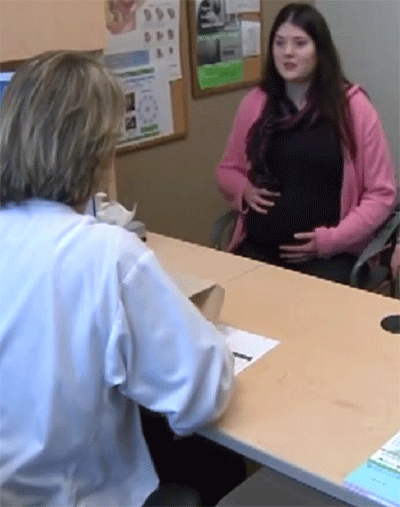 Video #3: Pre-Admission and Women's Ambulatory Clinics
Video #3: Pre-Admission and Women's Ambulatory Clinics
Information about the Women’s Ambulatory Clinics and booking your Pre-admission appointment. Video #4: When to Go to the Hospital and What to Bring
Video #4: When to Go to the Hospital and What to Bring
Learn about when you should visit the hospital and what to bring.
Birthing at London Health Sciences Centre (LHSC)
Making informed decisions about your care during labour and birth is very important. The following videos were designed in partnership between the Middlesex-London Health Unit and LHSC to provide you with the information about LHSC Maternal Newborn Care Program and interventions you may receive during labour and birth.
Questions
If you have any further questions, please write them down and bring them to your next appointment with your healthcare provider or to your LHSC obstetrical pre-admit appointment.
Important Notice
The InfantLine service that is referred to in this video series is no longer available. To speak with a public health nurse about your baby, call the health unit at 519-663-5317 and press 5 to leave a message for a public health nurse to return your call.
 Video #5: Obstetrical Triage Unit
Video #5: Obstetrical Triage Unit
Information about the first place you’ll be assessed when you come to hospital for any pregnancy concerns or if you’re in labour. Video #6: Antenatal Unit
Video #6: Antenatal Unit
If you need to be admitted to the hospital to be monitored more closely during your pregnancy, you’ll be admitted to the Antenatal Unit. This video provides information about what to expect.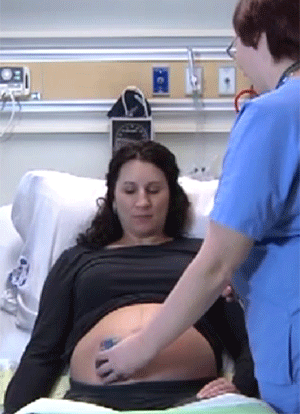 Video #7: Obstetrical Care Unit
Video #7: Obstetrical Care Unit
Information about the Birthing Unit.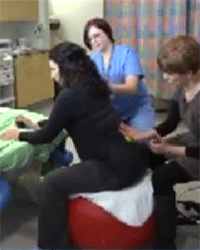 Video #8: Comfort Measures Support in Labour
Video #8: Comfort Measures Support in Labour
Comfort measures and support in labour are important aspects of your care during labour and birth. This video will show you a variety of options available for you at the hospital.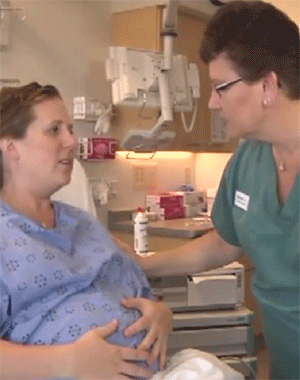 Video #9: Pain Medication Options for Labour
Video #9: Pain Medication Options for Labour
The following four videos (videos 9-13) take a look at several options for pain medication in labour and birth. This information will help you make an informed decision about your care.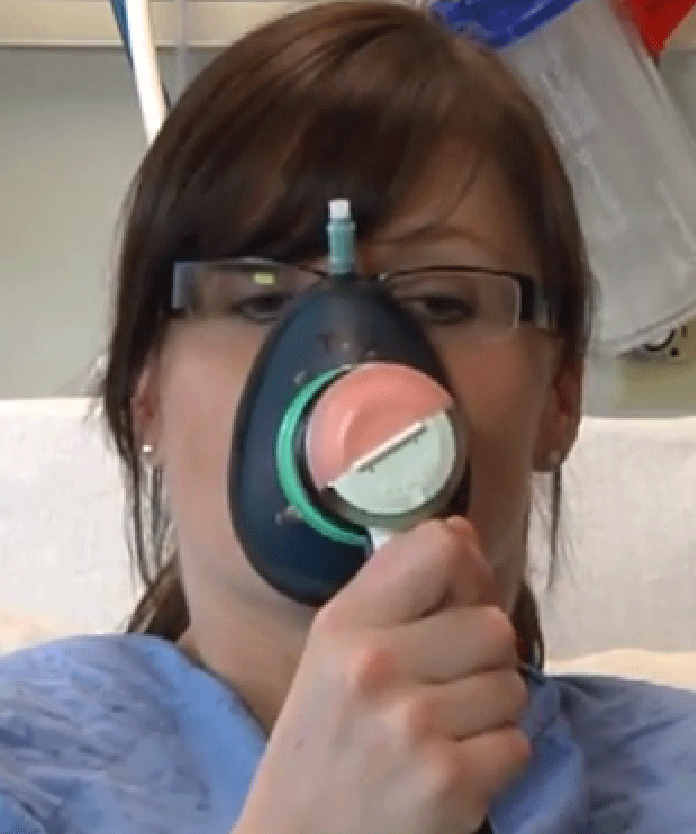 Video #10: Nitronox Gas
Video #10: Nitronox Gas
Nitronox is a mixture of nitrous oxide and oxygen. It’s delivered by mask and can be used at any time during the labour process.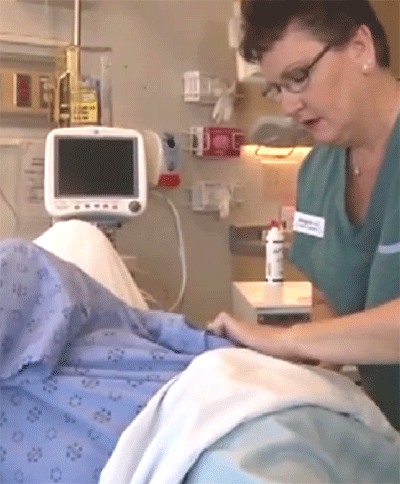 Video #11: Narcotic Administration
Video #11: Narcotic Administration
This is a medication given by injection during the early stages of active labour. This is usually given before you are 5 cm dilated. It will last between 2-4 hours.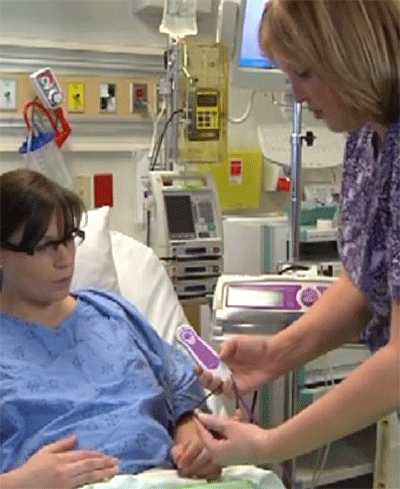 Video #12: Patient Controlled Narcotic Analgesia PCA
Video #12: Patient Controlled Narcotic Analgesia PCA
This narcotic medication is delivered in small amounts through an intravenous (IV) when you push a button.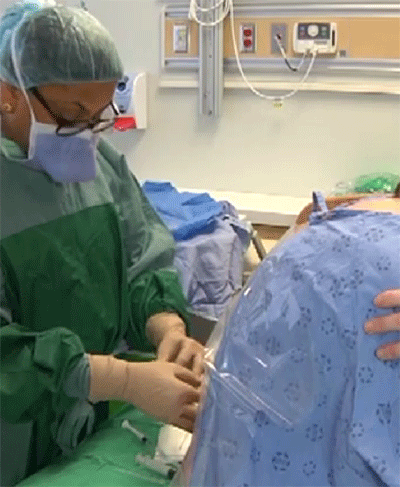 Video #13: Epidural Anaesthesia
Video #13: Epidural Anaesthesia
Epidural anaesthesia works by blocking or freezing the nerves involved in labour pain. Generally, your abdomen and lower body will feel numb or frozen and your ability to move will be limited.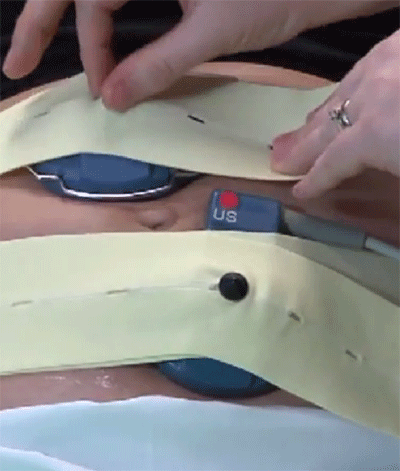 Video #14: Fetal Monitoring During Labour
Video #14: Fetal Monitoring During Labour
Regular assessment of your baby’s heart rate, or “fetal monitoring”; will be performed, with a hand held or external monitor throughout your stay.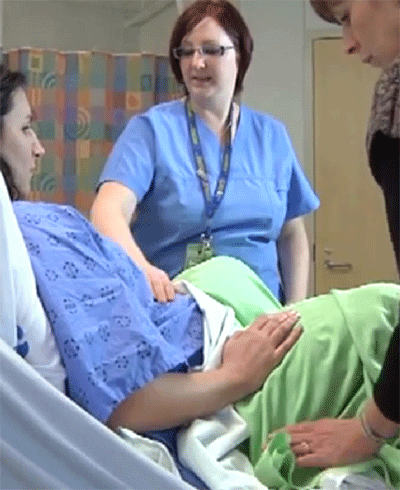 Video #15: Vaginal Birth
Video #15: Vaginal Birth
Learn about the pushing stage of labour and ways to effectively birth your baby. Sometimes you may need help with pushing the baby out of the birth canal. Learn about the procedures of forceps and vacuum assisted birth. Video #16: Induction and Augmentation
Video #16: Induction and Augmentation
Most women start labour naturally. However, there are reasons for which you may need assistance to either start, or strengthen your contractions. Learn about what you might expect during these procedures.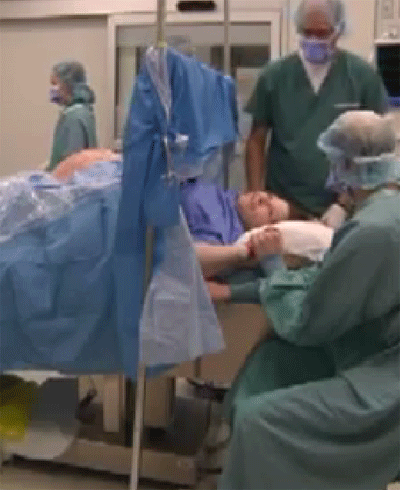 Video #17: Caesarean Birth
Video #17: Caesarean Birth
There may be times when a Caesarean birth is necessary. Learn about what you might expect during this procedure. Video #18: Recovery - Labour Birth Room or OB Recovery Room
Video #18: Recovery - Labour Birth Room or OB Recovery Room
Learn about recovery after birth.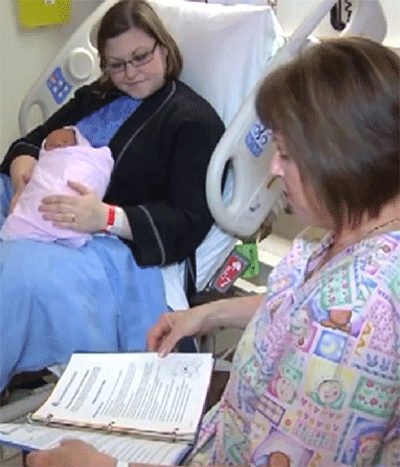 Video #19: Mother Baby Care Unit
Video #19: Mother Baby Care Unit
Learn about your care after the birth of your baby. Your nurse will provide information and support to assist you in caring for yourself and your baby. Video #20: Neonatal Intensive Care Unit NICU
Video #20: Neonatal Intensive Care Unit NICU
The Neonatal Intensive Care Unit, also known as the NICU provides care for babies who are born prematurely, who have a low birth weight, and/or who are sick or at risk for other reasons. Learn what to expect if your baby needs NICU support.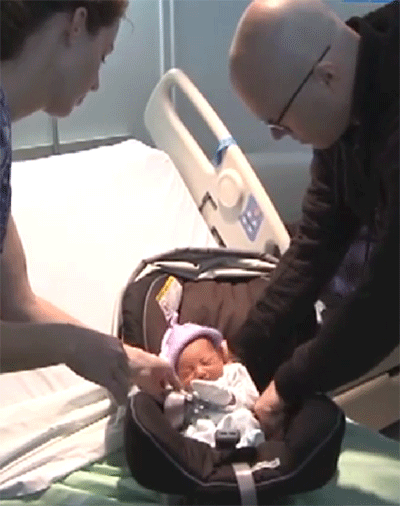 Video #21: Leaving the Hospital
Video #21: Leaving the Hospital
You can expect to be discharged from the hospital 24 - 48 hours following a vaginal birth, or 48 – 72 hours after a caesarean birth. Learn what to expect as you prepare to go home. For up-to-date information about Health Unit services for babies, please visit Babies.
Last modified on: October 4, 2024